Tomato Plants Are Brittle and Breaking
lkngarden
14 years ago
Related Stories

EDIBLE GARDENSSummer Crops: How to Grow Tomatoes
Plant tomato seedlings in spring for one of the best tastes of summer, fresh from your backyard
Full Story
LIFEKitchen Traditions: Tomato Season Meets a Family Legacy
Somewhere a Sicilian great-great-grandmother is smiling at a bowl of American-made sauce
Full Story
GREEN BUILDINGThe Big Freeze: Inventors Break New Ground to Keep Things Cool
Old-fashioned fridges can be energy guzzlers, but there are more eco-friendly ways of keeping food fresh, as these global innovations show
Full Story
GARDENING GUIDESGreat Garden Combo: 3 Wonderful Plants for a Deer-Resistant Screen
Protect your privacy and keep deer at bay with a planting trio that turns a problem garden area into a highlight
Full Story
FARM YOUR YARDHow to Build a Raised Bed for Your Veggies and Plants
Whether you’re farming your parking strip or beautifying your backyard, a planting box you make yourself can come in mighty handy
Full Story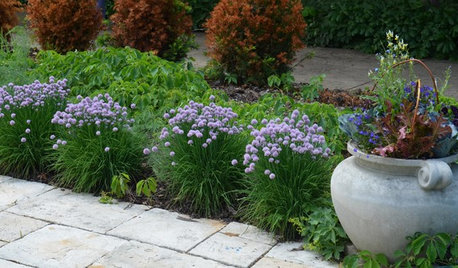
GARDENING GUIDESEdible Plants That Double as Ornamentals
Try growing these tasty plants with your ornamentals for an attractive garden and fresher meals
Full Story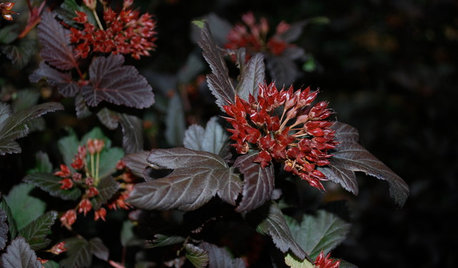
LANDSCAPE DESIGNGreat Design Plant: Sun-Loving Ninebark Puts on a Color Show
This tall, dark and handsome native shrub is equally at home in jeans and boots or in a suit and tie
Full Story
LANDSCAPE DESIGNGreat Design Plant: Retreat to the Shade of Hardy Catalpa
Big foliage and a towering height provide a shady respite in summer, but that's not all hardy catalpa offers dedicated gardeners
Full Story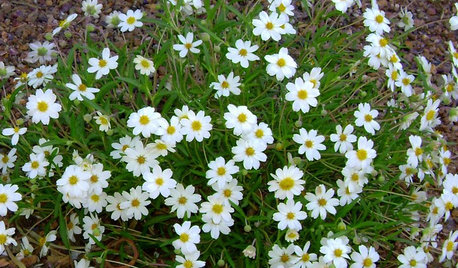
GROUND COVERSGreat Design Plant: Blackfoot Daisy for Prettier Dry Ground
Don’t let its delicate looks fool you. This ground cover can survive extreme cold and heat, and with little water to boot
Full Story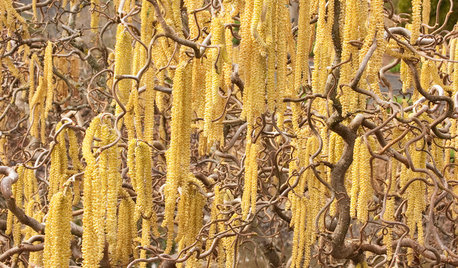
GARDENING GUIDESGreat Design Plant: Harry Lauder's Walking Stick
"Gnarly" is a compliment here — a twisted form and yellow catkins make this plant unforgettable in the winter landscape
Full StoryMore Discussions






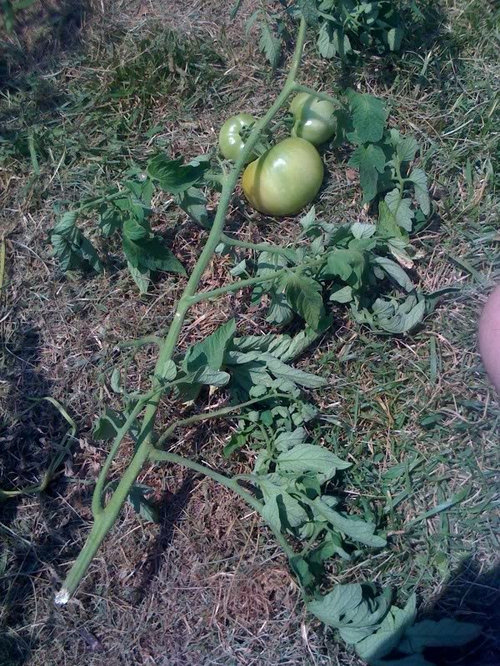
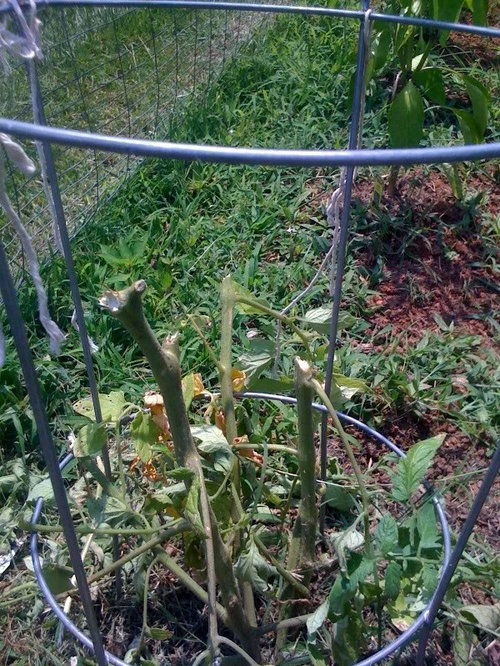
missingtheobvious
digdirt2
Related Professionals
Roosevelt Landscape Architects & Landscape Designers · Ellicott City Landscape Contractors · Fort Mill Landscape Contractors · Norristown Landscape Contractors · Oklahoma City Landscape Contractors · Quincy Landscape Contractors · Rosemount Landscape Contractors · Chowchilla General Contractors · Fort Pierce General Contractors · Milton General Contractors · Mount Laurel General Contractors · Baton Rouge Decks, Patios & Outdoor Enclosures · Billerica Decks, Patios & Outdoor Enclosures · Fort Worth Decks, Patios & Outdoor Enclosures · Northbrook Decks, Patios & Outdoor Enclosuresyardenman
suze9
anney
laccanvas
ABlindHog
labradors_gw
sheltieche
centexan254 zone 8 Temple, Tx
reginald_317
seysonn
sue_ct
ncrealestateguy